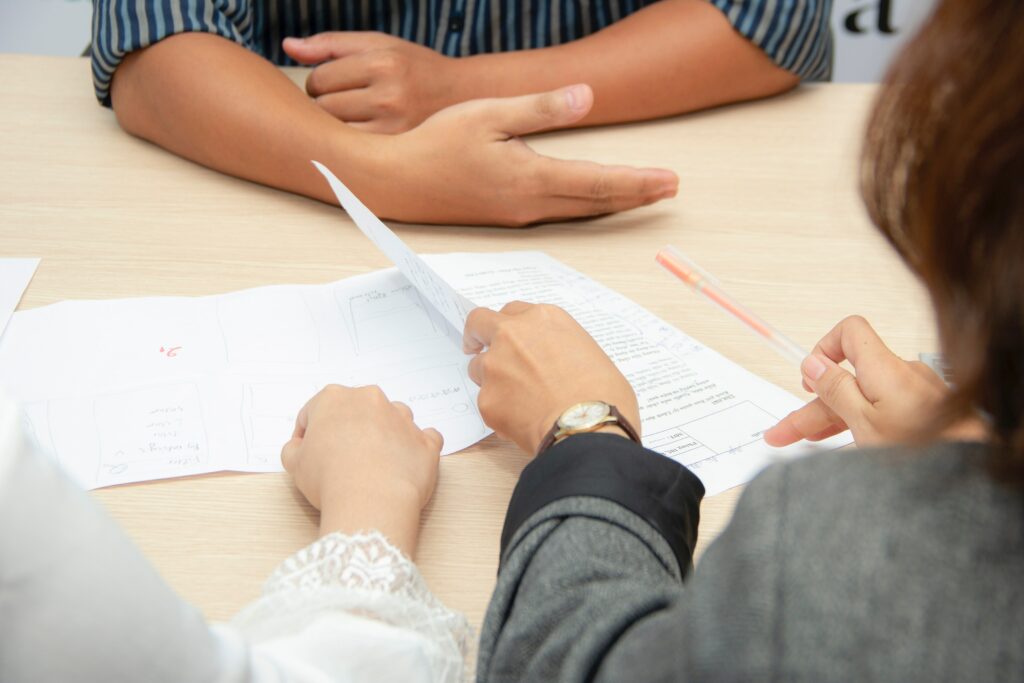Using the examiner’s allowance data to improve patent prosecution can be a useful tool for patent attorneys. Especially when they need to decide whether to pursue a claim or to withdraw it. But how do you know how to make the most of the data?
Examiner Statistics and Patent Prosecution
“Moneyball”, as it is known, refers to the use of data and analytics to make better decisions regarding patent prosecution. The Moneyball approach to patent prosecution, just like the way “Moneyball” applied analytics and data to baseball, uses data and analytics in order to help companies make better decisions on how to prosecute their patents.
Companies can use data and analytics to gain a better understanding of the tendencies and decisions made by Patent Examiners, as well as trends within patent prosecution. This information can be used for the purpose of determining the strategy to prosecute a patent application. It also helps to determine the arguments and evidence that should be presented in response to rejections.
Companies can, for example, use data from Patent Examiner decisions in order to determine which office is best to file a Patent Application, to predict the likelihood that a successful outcome and to determine the most persuasive arguments and evidence to present as a response to rejections.
The Moneyball approach to Patent Examiners is based on using data and analytics to make better decisions regarding patent prosecution. Companies can leverage data and analytics to gain valuable insights about Patent Examiner decisions and tendencies. This will allow them to respond more effectively and increase their chances of getting a favorable decision.
Using the examiner allowance data to improve patent prosecution can improve the efficiency of the patent practitioner and the process itself. In addition to providing comparative analytics, the data can also answer questions about the filings and prosecution of an application. Moreover, it can allow in-house attorneys to communicate with management.
Examiner Allowance Rate – This metric can provide insight into the willingness of an Examiner to allow an application. An Examiner with a high allowance rate may be more open to allowing modest amendments. On the other hand, an Examiner with a low allowance rate might be more willing to file an appeal.

Reopen Prosecution – If the examiner’s determination of the patentability of the claims was not clear, an appellant can request a reopening of the prosecution. This may be done with or without submission of affidavits or other evidence. The petition must be filed within two months. The petition can reopen prosecution before the primary examiner, before a substitute examiner, or before the Board.
Pre-Appeal Brief – If a preliminary review of the prosecution fails to produce a patent, an appellant can submit a brief to the Patent Trial and Appeal Board (PTAB) requesting a re-examination. The brief should address any issues raised in the examiner’s re-examination decision. The Brief should contain a statement of any amendments that were filed after the close of the prosecution.
Pre-Pilot Procedures – An Examiner who takes AFCP seriously may use pre-pilot procedures to allow an application. These procedures may include a request for an Interview. This can be a valuable experience. During an Interview, the Examiner can explain the invention to the practitioner. He or she may even suggest amendments.
Pre-Appeal Brief & Interview Success Rate – An Examiner who has a low rate of success in the Pre-Appeal Brief or Interview might be less likely to allow an application. However, an Examiner who has a high success rate in the Pre-Appeal Brief or interview might be more likely to allow an application. If an Examiner has a high success rate in the Pre-Appeal brief or interview, this might indicate that the Examiner is taking AFCP seriously.
Fast examiners vs slow examiners
Having a good relationship with your patent examiner is important to speed up the patent examination process. Whether you are a new or experienced practitioner, there are several strategies that you can use to improve your chances of success.
First, understand how your examiner uses prior art. This can help you understand how to deal with yellow examiners.
Next, understand how fast your examiner responds to your application. Some examiners will require claim amendments as a matter of course, while others will push back with arguments that are missing elements. Understanding how your examiner uses prior art can help you develop a strategy that will improve your chances of obtaining a patent.
Finally, understand how long it takes your examiner to make a final decision on your application. Unlike other types of prosecution, it is not unusual for a continuation patent to take nearly two years to grant. This is because the examiner has to be familiar with your application and the prior art to make a decision.
If you are unable to speak with your examiner face to face, then you should try to send an email or make an instant phone call. This will help reduce the risk of miscommunication.

If your examiner has a large caseload, then it may take a longer time to process your patent. The United States Patent and Trademark Office (USPTO) hired hundreds of new examiners in the 2021 fiscal year to meet growing workloads. During this period, the USPTO also changed the criteria it used to evaluate examiners.
These changes will help ensure that the PTO’s operations are sustainable over the long term. In addition, the USPTO has started implementing artificial intelligence (AI) into its patent examination process. AI will allow the PTO to analyze and improve its processes in a more efficient and cost-effective manner.
In order to determine the type of examiner that is most suitable for your case, you should consider your own business goals and what you expect from your examiner. If you have questions about your application, you can contact your examiner directly.
Impact of examiner interviews on patent prosecution
Despite the obvious benefit of having an interview, there has not been a lot of empirical research examining the effect of having an interview on patent prosecution. A recent study examined a sample of 1 million patent applications filed from 2007 to 2020 and found that the impact of an interview on patent prosecution is not overstated.
In a nutshell, an Examiner Interview reduces the number of office actions a patent application is required to take before it can be allowed. The impact of an Examiner Interview on patent prosecution is particularly significant on low allowance art units.
An interview is also an opportunity to clarify the scope of the prior art. If an Examiner fails to understand the meaning of a claim, an Interview will allow the applicant to clarify the point.
Generally, an interview will consist of an hour or two of discussion between the Examiner and the applicant. It is important to schedule the Interview at least one to four weeks before the response is due.

An Interview can be conducted in person or over the phone. The most effective way to request an interview is to call the Examiner and ask for a time. An Examiner will usually ask for an agenda before scheduling an Interview. This will help ensure that the technical expert and inventor will attend the Interview.
During an Examiner Interview, the most important thing to remember is to have a cooperative attitude. This will allow for more effective communication and will allow the prosecutor and the Examiner to move forward with the prosecution.
An Examiner Interview can be a useful tool in reducing the overall cost and length of a patent prosecution. It can also lead to a happier client.
An Examiner Interview can be incorporated into a patent prosecution process as part of a comprehensive and streamlined prosecution strategy. An Examiner Interview can significantly reduce the number of iterations, and can increase the likelihood of a successful patent. It can also change an Examiner’s perceptions of a patent application.
Analyzing examiner statistics to improve prosecution strategies
Using examiner allowance data can help you improve your prosecution strategies. By using this information, you can more effectively predict what Examiners are likely to do during appeals, and you can make better decisions about how to invest your time and money.
For example, you may want to schedule an interview with an Examiner if you have a good idea of how to explain your invention. An interview is a great way to demonstrate your invention, and it can also be helpful in dispelling any confusion that you might have about your patent application.
Interviews can reduce the number of office actions that a patent application will undergo before being granted. In particular, applications with an interview have an average of 2.0 office actions before being allowed. By contrast, applications that do not have an interview often go through several rounds of office actions before being abandoned. This means applicants can save money and time by reducing the number of office actions they have to respond to.
The study also found that interviews have a greater impact on applications that have low allowance rates. For example, business method art units have a notoriously low allowance rate. In these units, the incentive system is less responsive to production incentives, and the incentives applied to an applicant change with each office action. Therefore, the path of least resistance to allowance leads to rejection at other points.

Another way to analyze examiner allowance data is by examining the effects of the count system. Count systems can create incentives that encourage examiners to maintain questionable rejections, even if they are technically correct. Alternatively, an examiner who has a low allowance rate might be more willing to file a substantial amendment.
Examiners have limited resources, and they have to balance their limited resources with the needs of applicants. They are not always able to meet the needs of all applicants, and they have to rely on their own judgment. This means that their decisions are not always based on sound science. This can lead to a higher rate of erroneous rejections.

